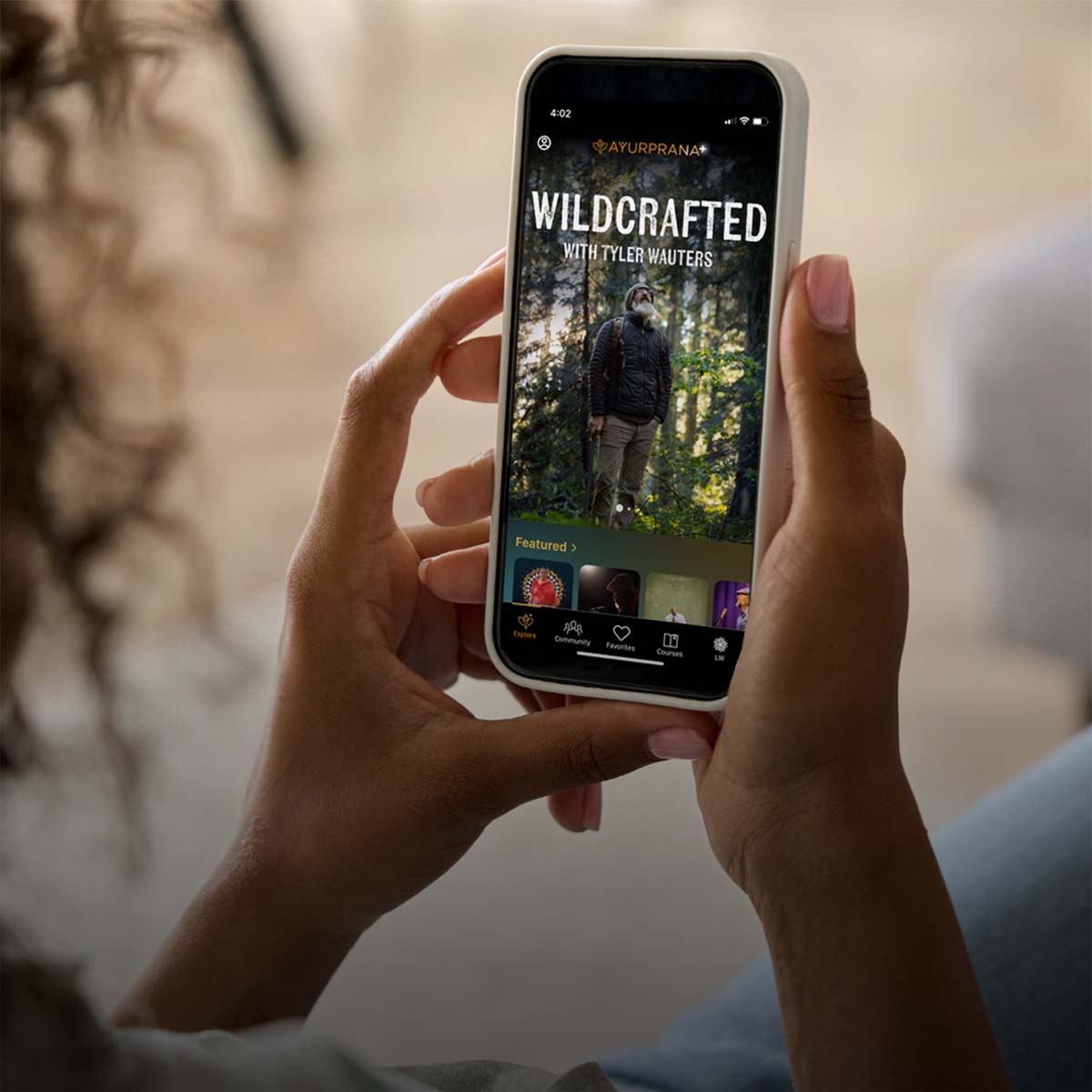A child is born on that day and at that hour when the celestial rays are in mathematical harmony with his or her individual karma. The birth horoscope is a map of the heavens, a unique portrait, revealing one’s unalterable past and probable future, which can be rightly interpreted by men and women of intuitive wisdom. Such interpretation is not meant to just emphasize fate, but to arouse better decision making, self-knowledge and to learn to overcome limitations inspiring to move towards one’s purpose and ultimate potential.
An advanced astrologer is said to be able to generate a horoscope, which literally means, ‘observation of time’, by calculation, facial examination, or palmistry. Palmistry is called hasta samudrika and is part of lakshana shastra, the science of reading the signs of the body parts.
The major lines of the palms such as life, heart and head lines, represent prarabdha karma, that karma which is pretty fixed and has either happened or is bound to happen in the current lifetime. The minor lines are subject to change through free will and represent the karma that is malleable - kriyaman karma. The hand mounts represent the totality of future karma or the storehouse of the concealed effects of our past actions, sanchita karma, changeable through prolonged effort. These are interpreted through the navagrahas, which are the nine largest planetary influences that we all, except for the finest of saints, are to a large extent, in the grip of. The lines and other signs can give indications of themes such as spiritual tendencies, family life, education, wealth and past and future pathological changes.
Indeed, a blueprint revealing past, present and future is right in the palms of our hands, written on our forehead, in the sky above and for the keen listener, echoed by the environment through the interpretation of omens.
Palmistry is a branch of Vedic astronomy and astrology or Jyotisha shastra - a science which interprets the observation of the cosmos at a particular moment in time to receive insight into the nature of an event. It is a premier tool for mapping the ebb and flow of karma and the movement of time. It is a practical device for uncovering the subconscious, the unseen realms of our lives, and shining light on them in order to best utilize our time, energy and actions.
Just as the Vaidya uses the doshas, the Jyotishi uses the planets for assessment. Historically Ayurveda and Jyotish have been used together in medicine, until Jyotisha began to be perceived as superstition. But in fact, medical astrology is still useful to support diagnosis, prognosis and planning treatment, because of its capacity to reveal inner and outer forces affecting a person, affecting his or her experience.
Hippocrates, the Greek physician who is regarded as the father of modern medicine, insisted his students study astrology, with a rather controversial saying, "He who does not understand astrology is not a doctor, but a fool." Astrology has in the orient always been a classical science and was never disconnected from religion or culture, but also in the West it has been studied by intellectual giants such as Ptolemy, Galileo, Johannes Kelper and Leonardo da Vinci.
Everyone knows experientially that it is of vital importance to be in the right place at the right time to succeed in anything and therefore we are naturally attracted to a greater understanding of time and space, the fundamental dimensions of existence. What has drawn people to esoteric sciences since time immemorial is the desire for transformation either for oneself or those around us.
Plagued by poor decision making, we often reduce our expectations, taking lower risks and attaining lower levels of satisfaction. Our life experience can become less deep, and our joy can become diminished. ‘’You sow and you reap, you sow and you reap’’.
The esoteric sciences, like palmistry, offer a profound opportunity to support ourselves or our clients in understanding what can be done to move towards a more positive outcome in all aspects of our lives. To resolve life’s adversities is not to resist them, but to become more sensitive towards life, and increase and refine our understanding, which we can all do, by kindling the flame of attention that resides within us.








